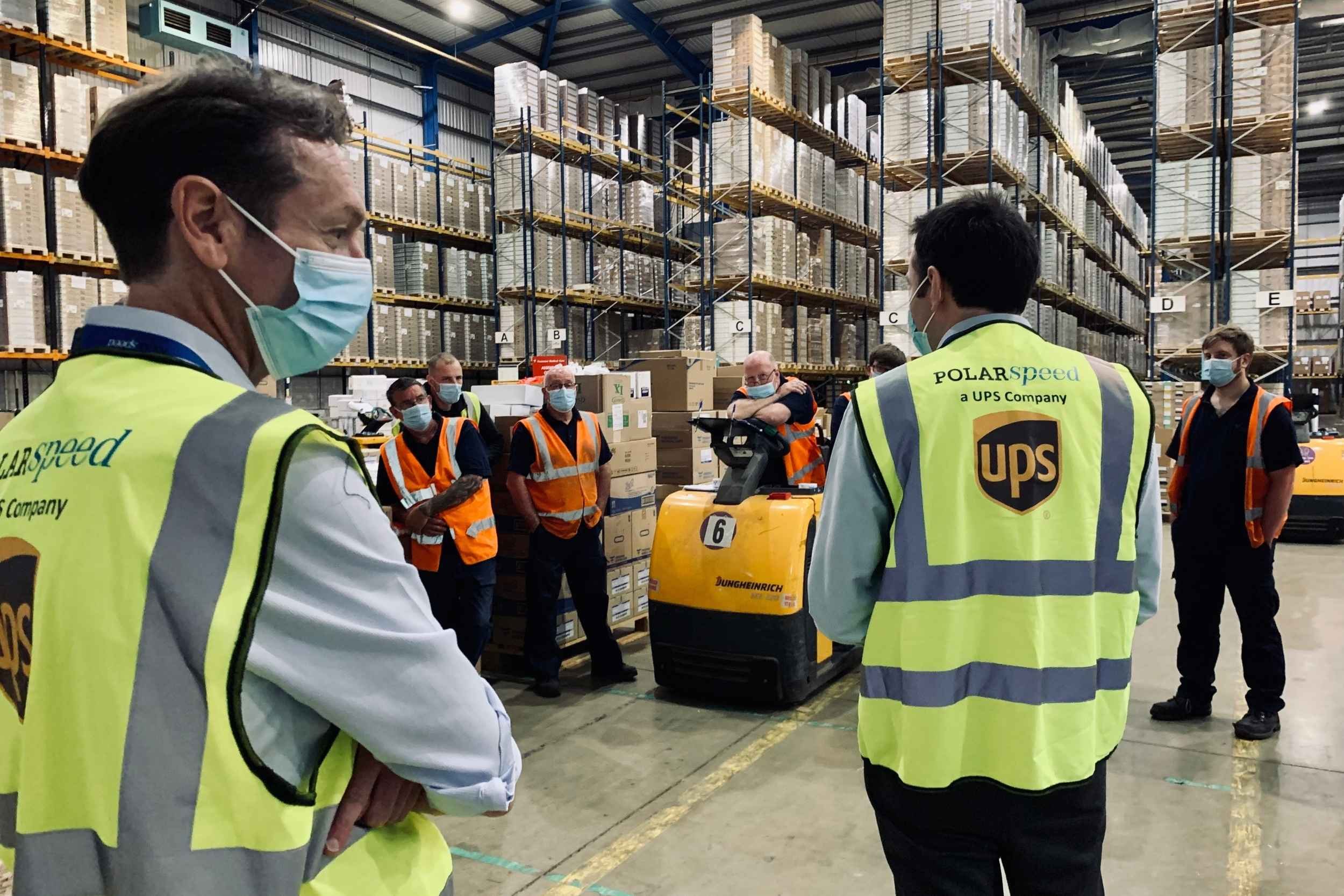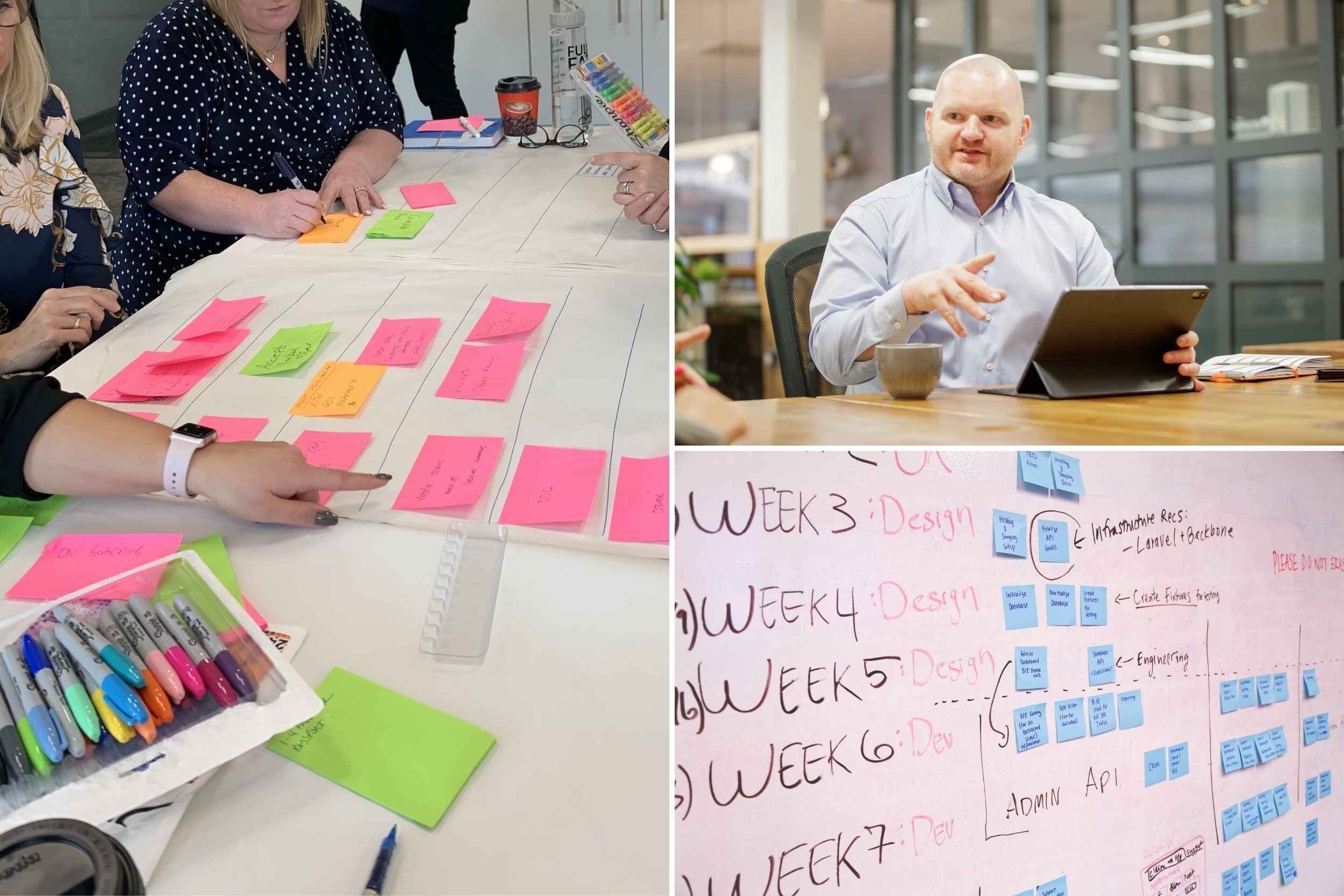There are rules for all the legal bits of a merger or acquisition process, yet there is no bible or handy instruction manual for the successful transfer or integration of company culture.

What is workplace culture?
There is no magic formula, but regular and meaningful is a good rule of thumb.
Workplace culture is your way of doing things, your approach and style of business. It’s the difference between ‘my door’s always open’ and ‘make an appointment with my PA’. It’s often tricky to explain but culture manifests itself through leadership style, how you treat your customers and colleagues, and the diversity of your workforce.
Culture can be seen in your people, personality, structure, purpose and values.
How can culture impact M&A?
An unforeseen culture clash creates an uncomfortable, disengaged work force.
If people don’t understand the values and objectives of the newly merged business they will quickly retreat into the familiarity of the old. This can slow down the integration of departments and operational systems. It also compromises customer service and sales if frontline colleagues don’t understand what kind of messages they should be communicating.

Every successful merger and acquisition has a plan to retain key talent and avoid an exodus
- Everyone’s talking about the great resignation at the moment, so it’s more important then ever before to have a plan for engagement, talent and culture. Especially if your acquiring a business or merging two organisations together.

How can I assess the culture of my acquisition?
It might be tricky to really get under the bonnet of your acquisition in advance of the legal transfer date. Certain information around TUPE, finances, compliance and commercial integration, are accessible. But when it comes to engagement and culture, you’re not going to be able to hover around the water cooler or join a team meeting to gather intel!
If you’re using an independent HR consultant to help you navigate the legal aspects of your merger or acquisition this can also be a great way to assess potential pain points and plan for the challenges ahead. An independent person may gain more access to the company being acquired and can help you learn more about the people you’re bringing in.
What clients say about our approach to M&A
“He did all the detail but he was also great at creating relationships. So whilst we were getting all the paperwork and legal stuff in place, he worked really closely with the individuals that were going to come into the business to build trust with them.”
Heyley Selway
Chief Executive, CCHA
“Studies from the Queens School of Business and the Gallup Organization showed that organizations with low employee engagement scores experienced 18% lower productivity, 16% lower profitability, 37% lower job growth, and 65% lower share price over time.”
Emma Seppälä & Kim Cameron
Harvard Business Review
Why does culture matter?
Clearly defined culture is a sign of a positive, engaged workforce, which means exceptional customer service, confident sales and marketing, increased productivity, reduced staff turnover and a better share price. Why? Because when everyone is working towards a shared vision your people are an amazing asset. When they don’t feel part of the bigger picture they switch off, and can do some serious damage.
Try to understand what the cultural differences are between the old and new company. Nip any opportunity for a ‘them and us’ dialogue to take hold with a clear communication plan that’s put into action pronto!

An engaged workforce is more profitable – can you afford not to think about culture?

Do leaders know how to promote positive culture?
If people are used to being managed in a certain way it can be deeply unsettling when a new regime comes along. One of the best ways to establish your organisation’s culture and ethos early on, is for management to get out on the shop floor and talk to people.
As a minimum, you should plan on hosting a Welcome Meeting where you can meet your new colleagues and tell them a bit about you and the new company. You can do more. Whether it’s a staff conference, video message, virtual event or just chatting informally to teams or individuals, nothing reassures people more than a boss that takes the time to listen.
As well giving people practical, operational information about how the business will look in the future it’s a great opportunity to gain insight into how people are feeling about the change.
A Welcome Meeting is a 'must do' when it comes to mergers and acquisitions
- Working out a change management plan in advance can give leaders structure and focus as they communicate their vision to employees old and new.
- This doesn’t come instinctively to everyone. You might be a sector-leading professional, with a multi-million pound business but actually have no idea how to inspire your workforce. Or you might just be shy! Use leadership coaching to help you articulate why the business matters and what your aspirations for the future are.
- It will help your team understand the right way of doing things and in times of pressure and stress they will feel confident about what you and the organisation stand for and which behaviours are unacceptable.


How can I take people with me?
As you plan for the future, consider the composition of your workforce.
If your organisation is office-based and you’re acquiring a business that works out in the field, how will you make those people feel welcome and avoid a two-tier workforce? Your ways of working and communicating historically may not suit your new colleagues. Sending an internal newsletter once a week via email is no good if half the business don’t sit at a desk (or have a smartphone).
As you move forward, find communication channels that work, so you can keep people informed, feeling part of the same team and contributing to your business goals.
Communicate in new ways to reach colleagues at all levels during and following an acquisition
- Ultimately it’s people that make the organisation tick, so make sure your people soak up the right information, so they’re able to perform in the way you want them to.
Don't know where to start when it comes to supporting your team through the Cost of Living Crisis?
We are passionate about finding ways to help bosses do the best they can to look after their people.
Some of what we’ve outlined here is simple, but implementing activity that’s targeted to help those that need it most often gets businesses in a pickle. Primarily because they get bogged down about treating all employees the same.
If you need help to work how to support those that need it in a way that’s fair and legal, then please drop us a line. We’d be happy to talk to you.

